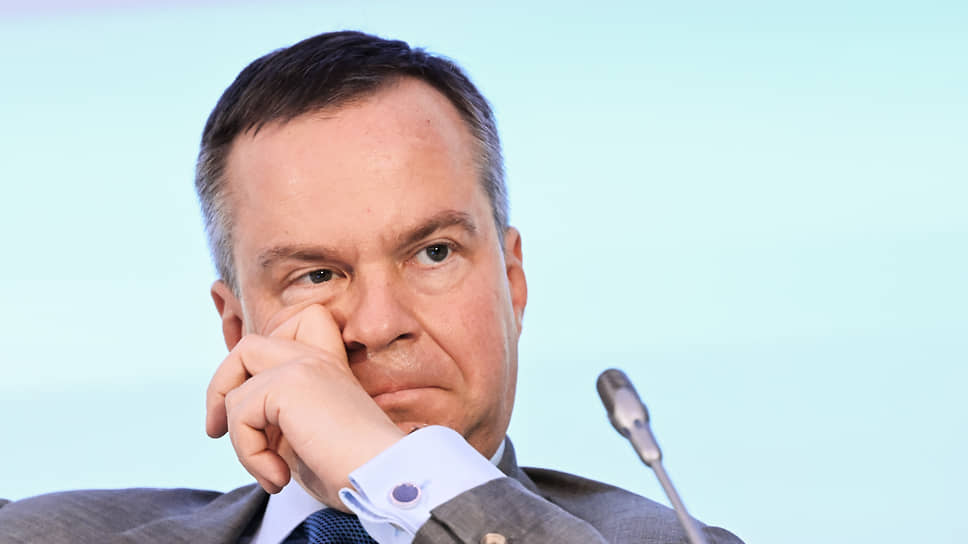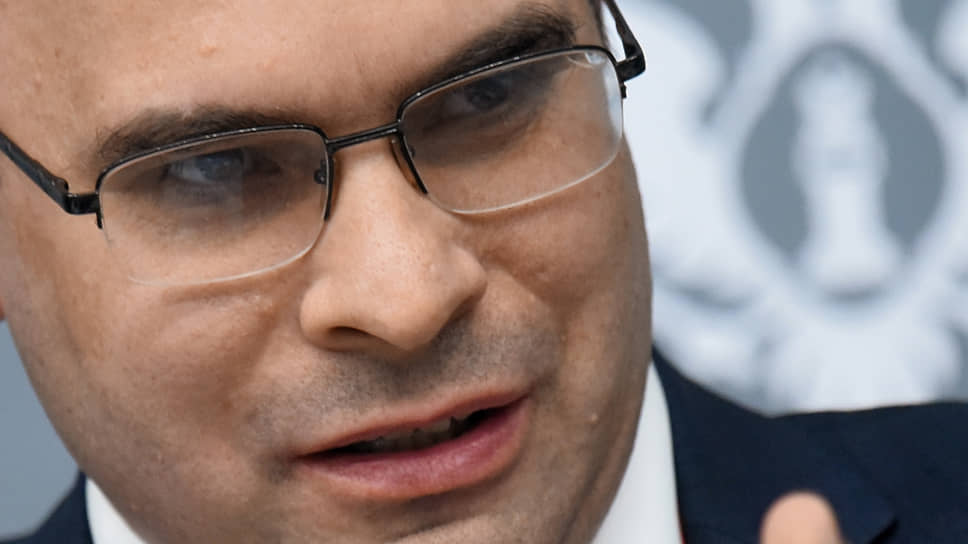Capital outflow has changed direction – Kommersant FM
[ad_1]
The Ministry of Finance and the Central Bank again argued about currency control. Deputy Finance Minister Alexei Moiseev said that the authorities are discussing “measures to address the outflow of capital that is now going through friendly countries.” He declined to name specific steps. Deputy Chairman of the Central Bank Alexey Zabotkin immediately responded that the regulator as a whole does not support currency restrictions. The current control measures, he said, were introduced solely as a response to sanctions.
The discussion about administrative regulation of the foreign exchange market in Russia has been going on for several weeks. Minister Anton Siluanov stated that the government and the regulator are looking for a compromise. President Vladimir Putin, meanwhile, calls for no delay in measures to strengthen the ruble. What could they be?
In March 2022, at the peak of the crisis, the authorities obliged brokers to take a 30 percent commission on the purchase of foreign currency, and also set a limit on transfers abroad. The maximum amount was $5 thousand. By the end of summer, the limit expanded to $1 million. Now, the figure will probably be revised again, economist Nikolai Korzhenevsky believes:
“In fact, there are not so many measures of exchange control; they are broadly divided into two blocks: in relation to corporate, legal entities and individuals. For some companies there is nothing to enter, so we are clearly talking about operations for individuals. The option of limiting the withdrawal amount is mainly being considered, and in any case we are talking about something much softer than a year and a half ago.
As for the movement of capital, now we are talking not only about foreign exchange, but also about ruble transactions. It is already very difficult to make transfers in the direction of unfriendly countries. This is probably still possible, but certainly not on a scale that would pose a threat to Russia’s balance of payments.
Therefore, significant capital outflow, apparently, occurs in rubles in relation to friendly jurisdictions. These are actually the big markets – the United Arab Emirates, Turkey, Armenia and Kazakhstan.”
After statements about possible market regulation, the ruble strengthened slightly. The American currency fell by 50 kopecks. In general, since the beginning of the year, the dollar has risen in price by almost 25 rubles. And this happened for reasons that are not amenable to administrative influence, explains Bloomberg Economics Russia economist Alexander Isakov:
“There is no state of shock. The current account surplus in 2023 will be about $50 billion. This means that every month on average about $4 billion leaves the country, these are not very large numbers. I think the effect may be significant, but short-term. In the moment, this will enable the ruble to strengthen a little, but in the medium term you need to understand that the equilibrium exchange rate is not determined by this. It will correspond, firstly, to exports, and, secondly, to the demand for imports, which is determined by how much the budget spends money and how strong a credit impulse the banks create.
If we look at the foreign exchange market, the first unscheduled increase in the key rate by 350 basis points has already stopped the weakening of the exchange rate.
The 13% figure cools the credit impulse and certainly creates the preconditions for the strengthening of the ruble in the coming quarter and months. It won’t happen quickly. I think that a fair exchange rate is somewhere in the range of 85-90 rubles. per dollar at a rate of 13%.”
The current currency restrictions are in effect until September 30. However, the Central Bank regularly extends them. The limit on cash withdrawals, for example, has already been extended until March 2024.
Against this background, the Ministry of Economic Development does not expect a significant strengthening of the ruble. The department has published a macro forecast on the basis of which the federal budget will be drawn up. There, the average dollar exchange rate for the next three years is stated at 90 rubles.
Everything is clear with us – Telegram channel “Kommersant FM”.
[ad_2]
Source link








